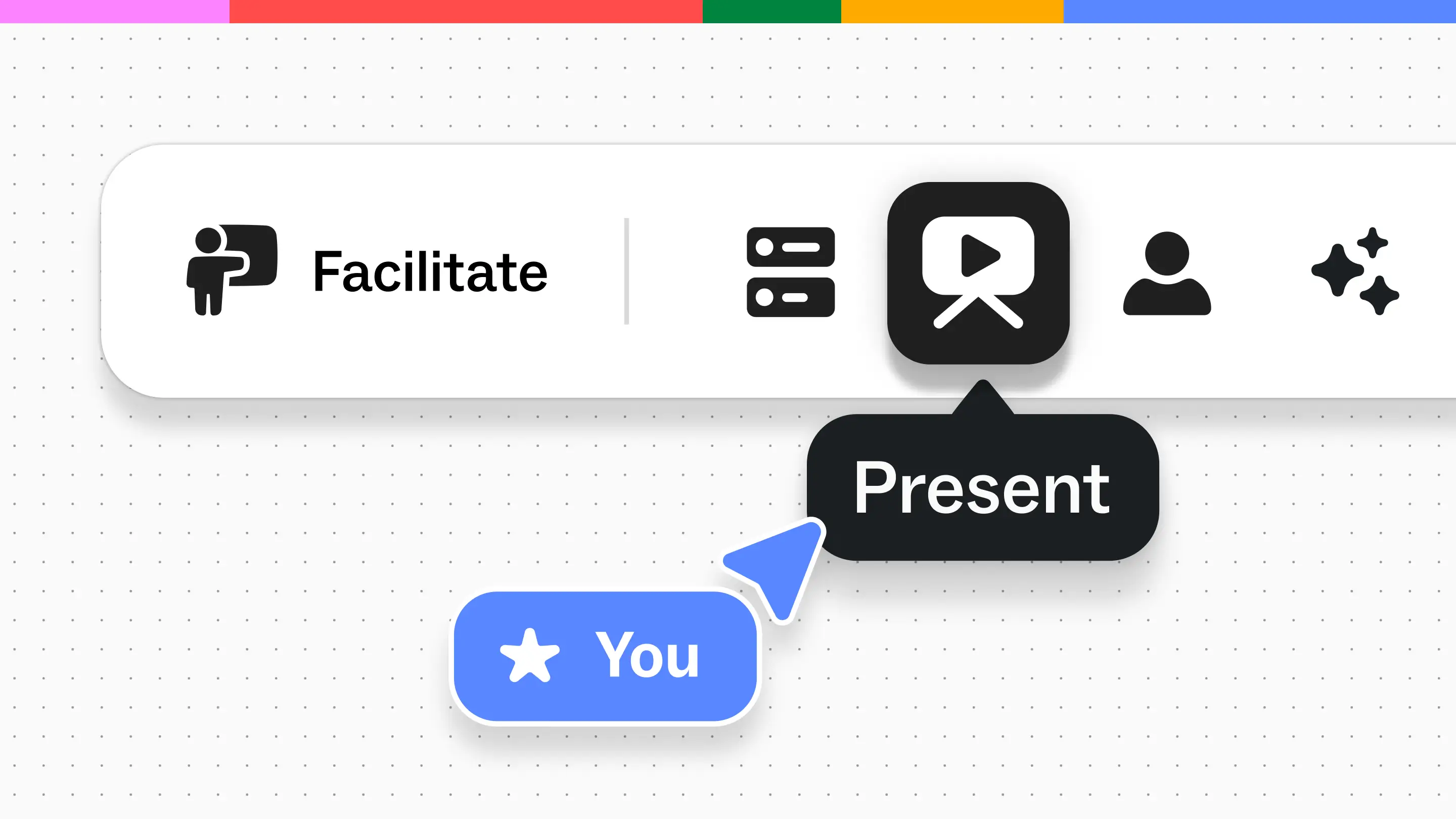The way we’re working isn’t working.
We were sold a bill of goods at a very young age. From the moment you set foot on a soccer field to the motivational poster you stumbled upon in the office at your first job, you’re told, "Teamwork makes the dream work.” This implies that as long as you work together as a team, you’ll accomplish big things.
This saying might hold less truth than we're led to believe.
Truthfully, we’re in a much less comfortable reality: Teams are unhappy. Managers feel responsible. And work is suffering.
Teams don't just need more collaboration products — they need to learn how to actually work together. According to Mural’s 2024 Teamwork Research Report, 3 in 5 workers have considered leaving their jobs or already applied for a new one due to bad teamwork. Additionally, over half of the workforce feels burnt out, and nearly half have already left their jobs due to poor team dynamics.
So, does teamwork make the dream work anymore? Or does work make the dream team? What are we doing wrong?
We’re focusing on the wrong problem
We keep pointing fingers at work-from-home (WFH) or return-to-office (RTO) initiatives as the culprit for teams working poorly together. Pro-WFH teams say the office creates unnecessary commutes and distractions. Pro-RTO teams say being home isn’t a productive work environment, and it’s hard to feel part of a team when you aren’t in person.

We’re gonna let you in on a little secret: It doesn’t really matter where you work. In fact, 49% of remote workers say teamwork has declined or remained the same — compared to 46% of in-office workers, and 40% of hybrid workers.
The issue is the how. There is no system in place to facilitate good teamwork. Take an orchestra, for example. Individually, musicians really know their instruments inside and out. But put them in a room together and tell them to play without any sheet music — it’s not gonna sound great. Most classical musicians need notes. They need a framework to orchestrate — see what I did there — beautiful music.
Similarly to musicians needing notes to visualize music, teams need to visualize work. Visualizing work is a way of working in a shared, visual space everyone can see and engage with. Instead of just talking, you can use visuals to enhance understanding and discover relationships that aren’t clear until you see them.
One tool alone won’t lead to effective teamwork
It's a common misconception that simply adopting a new visual tool will solve all collaboration issues within a team. While it's tempting to think that technology can be a cure-all, the reality is often more complex.
According to a forecast by Gartner, the market for social and collaboration software is expected to nearly double, growing from $3.5 billion in 2019 to $6.9 billion by 2024. This indicates a significant increase in the adoption of these tools, suggesting that more businesses are seeking digital solutions to enhance teamwork and productivity.
However, the effectiveness of these tools in improving team collaboration is questionable. Mural’s 2023 Collaboration Trends Report reveals nearly half of users who employ five or more collaboration tools still experience frequent issues in their collaborative efforts. This discrepancy highlights a critical gap between tool adoption and actual improvement in collaborative processes.
This leads us to question the reliance on tools alone to foster a sense of connection and alignment among team members. In many cases, these tools actually contribute to more confusion and inefficiency, rather than alleviate them.

High-performing teams rely on more than just digital tools. They need a strong foundation of communication, trust, and clear objectives. Understanding and addressing the human aspects of collaboration are essential in enhancing team performance. What, then, are the key ingredients that make a team effective beyond the mere use of tools? This is the question that organizations need to explore to truly reap the benefits of collaboration tech.
Great teamwork requires a holistic approach
The secret sauce to a healthy, high-functioning team? A well-rounded approach that marries the right tools with solid skills and smart practices. Imagine it as a master recipe that, when followed, yields a team that's not just good…but spectacular.
Let's dive into a key component: collaboration skills. According to our Collaboration Trends report, a staggering 62% of individual contributors have never been formally trained in the art of collaboration. This is akin to sending someone to bake a cake without a recipe. Without these essential skills, even the best teams struggle to optimally perform.

Beyond just physical tools and office spaces, what truly matters are the intentional practices and guidelines that dictate how team members interact and operate. This could range from using specific templates and frameworks that standardize processes to employing facilitators and coaches who can guide and refine team dynamics.
>>Take the assessment to see how your team stacks up.🫡<<
In essence, building a high-functioning team is like crafting a gourmet meal. You need more than just high-quality ingredients — you need the right recipes and the culinary expertise to bring it all together. By focusing on a holistic approach that includes tools, skills, and practices, you can cultivate a team environment — whether in the office or remote — that's thriving, or in culinary terms, a chef's kiss.
A holistic approach involves the right tools and ways of working to improve teamwork
All cheesy metaphors aside, teamwork warrants more attention. If team leaders expect “dream work” we gotta make the teamwork… work. Focusing on the right problem is just the beginning.
Teams deserve a comprehensive system that blends visual work with intentional teamwork practices that’s tailored to fit their team’s specific needs.
Put teamwork first. The future is isn't about where work happens... it's about how.













